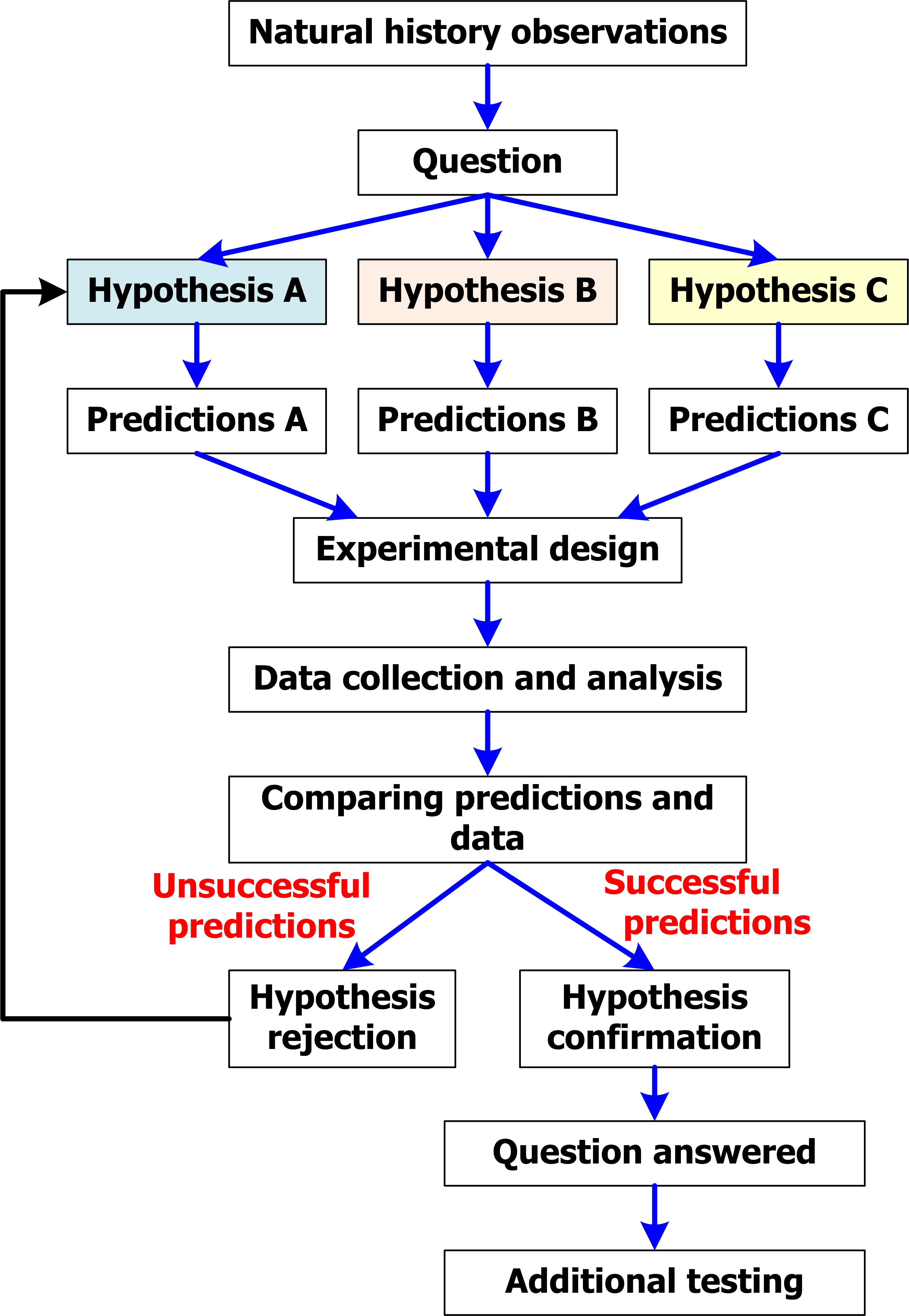Weeds are one of world’s most significant ecological problems. As such it is surprising that the word “weeds” does not appear at all in Sutherland et al. (2013), and only once in Sutherland et al. (2006). (Perhaps there are no weeds in the UK.) Weeds affect plant and animal communities in national parks and nature reserves as well as in agricultural landscapes and cities. We have taken a benign neglect attitude toward weeds, perhaps because they are everywhere, but ecologists may also wish to avoid the word ‘weed’ because it is not a useful aggregate term about which we can draw some ecological generalizations. How should we respond to weeds?
I consider ‘weeds’ as a collective term for what might be the worst global example of serious ecological problems (Strayer 2012). But is this collective term a very useful one? At the first step when we deal only with plants, we get confused with native plants and exotic plants. A utilitarian perspective looks at all plants to see if they are useful or harmful for humans. So some conservation biologists want to get rid of all exotic plants outside of gardens and crops, and others wish to limit all harmful plants, whether native or exotic, and call them ‘weeds’. So the rose in your front yard is indeed an exotic species but a good one. Farmers want to get rid of at least some weeds to maximize production but at the same time to tolerate other exotic species that increase production. Weeds might be thought of as a convenient grouping to simplify ecological generalizations. But alas it has not been so.
The War against Weeds is in general not going well for conservation biologists (Downey et al. 2010). While biological control is very useful for some weeds, it does not at present seem to work for most weeds of national concern. So it does not seem to be a universal solution. Herbicides work for a time and then natural selection intervenes. The problem is that weed problems are very much a local problem in being species-specific and environment-specific, so that there is no overall weed strategy that works everywhere (Vilà et al. 2011). If one is interested in community productivity, weeds may increase plant biomass which might be considered a good result for the ecosystem. Graziers may encourage weeds that plant ecologists would consider destructive to natural communities. Ecosystem ecologists might welcome weeds that increase plant cover if they reduce soil erosion and nutrient leakage into water bodies.
This conflict of interest comes home to us in quarantine restrictions on weeds. In Australia government research scientists work to increase the tolerance of exotic pasture grassess to cold and drought, even though the species in question is a weed of national significance, and improving it genetically will make it more invasive in natural communities (Driscoll et al. 2014). The problem comes back to who wants what kind of an ecological world. Generalist grazing mammals may care little about the exact species composition of the grasslands they inhabit, or alternately they may be poisoned by specific weeds that are toxic to farm animals. The devil rests in the details, so the general message is that we cannot forget species names and attributes in the War on Weeds.
As a minimum, we ought to encourage our governments to place quarantine restrictions on all plant species listed as global weeds of significance. For the present time the best predictor of whether or not an introduced plant will become a destructive weed is: what happened to that plant in other countries to which it was introduced? That you can still buy at your local plant store the seeds of an array of weeds of national significance shouts to ecologists that quarantine systems needs to be strengthened. The War on Weeds is greatly under-financed like many long term problems in ecology, and we should put more effort into developing tactics to deal with destructive weeds rather than ignoring them.
Downey, P.O. et al. 2010. Managing alien plants for biodiversity outcomes—the need for triage. Invasive Plant Science and Management 3(1): 1-11. doi:10.1614/ipsm-09-042.1.
Driscoll, D.A. et al. 2014. New pasture plants intensify invasive species risk. Proceedings of the National Academy of Sciences USA 111(46): 16622-16627. doi:10.1073/pnas.1409347111.
Strayer, D.L. 2012. Eight questions about invasions and ecosystem functioning. Ecology Letters 15(10): 1199-1210. doi:10.1111/j.1461-0248.2012.01817.x.
Sutherland, W.J. et al. 2006. The identification of 100 ecological questions of high policy relevance in the UK. Journal of Applied Ecology 43(4): 617-627. doi:10.1111/j.1365-2664.2006.01188.x.
Sutherland, W.J. et al. 2013. Identification of 100 fundamental ecological questions. Journal of Ecology 101(1): 58-67. doi:10.1111/1365-2745.12025.
Vilà, M., et al. 2011. Ecological impacts of invasive alien plants: a meta-analysis of their effects on species, communities and ecosystems. Ecology Letters 14(7): 702-708. doi:10.1111/j.1461-0248.2011.01628.x.
